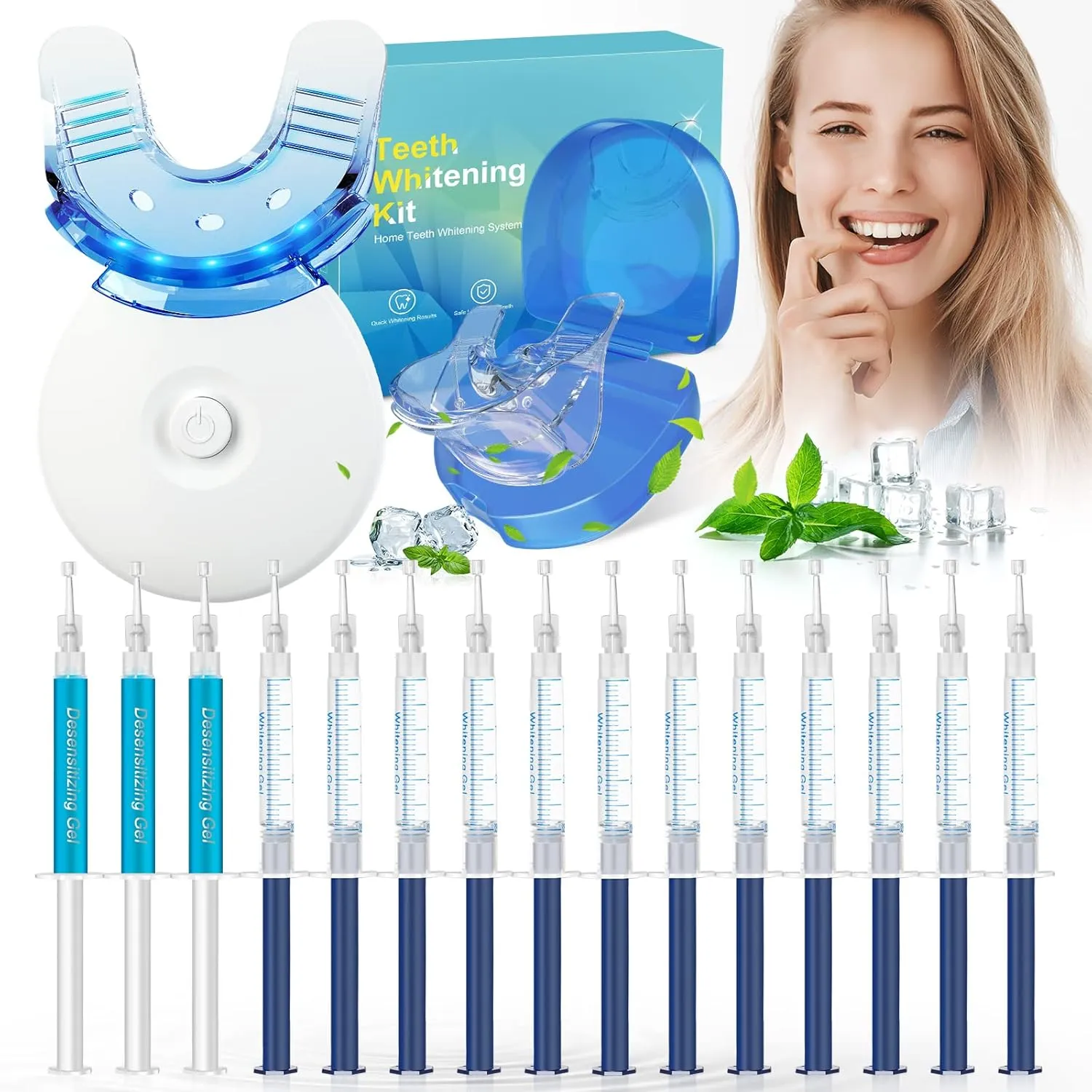What are Teeth Whitening Kits
Teeth whitening kits have become a popular and accessible method for enhancing the brightness of your smile. These kits generally contain products designed to lighten the color of your teeth, often using bleaching agents to break down stain molecules. The convenience and affordability of these kits have made them a go-to choice for individuals looking to improve their teeth’s appearance from the comfort of their homes. Understanding the different types of kits, their active ingredients, and how they work is crucial to making an informed decision about their use. The effectiveness of these kits varies based on several factors, including the type of stain and the concentration of the whitening agent.
Types of Teeth Whitening Kits
Teeth whitening kits come in a variety of forms, each with its own application method and effectiveness. The most common types include whitening strips, gels applied with trays, and whitening toothpastes. Each type uses different concentrations of bleaching agents, such as hydrogen peroxide or carbamide peroxide, to penetrate the enamel and break down the stains. It’s important to choose a kit that suits your preferences and lifestyle, keeping in mind that some methods may yield faster results while others may be gentler on sensitive teeth. The choice should also align with the type and severity of the stains you want to address.
Whitening Strips
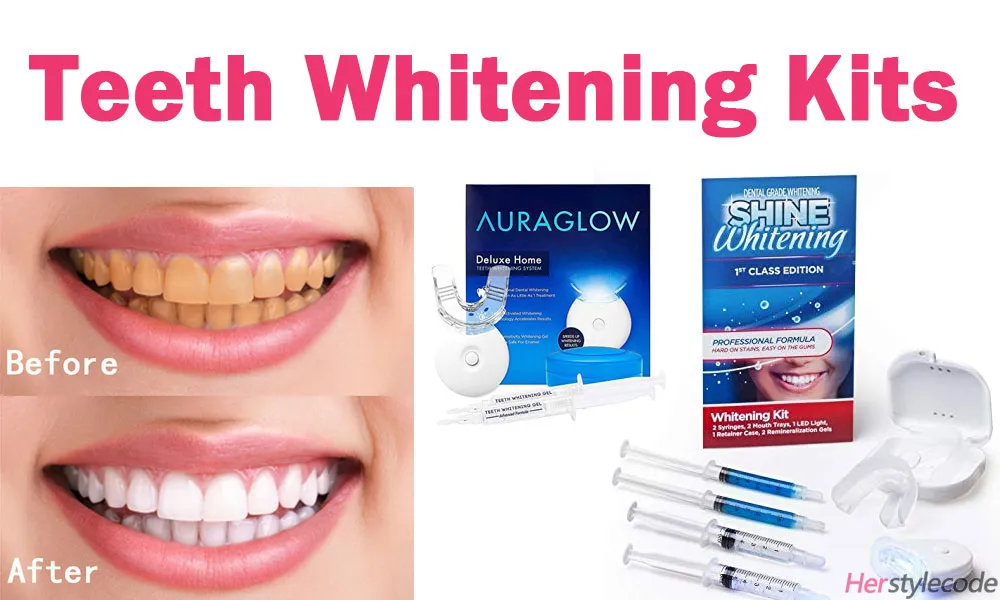
Whitening strips are thin, flexible strips coated with a whitening agent. They are designed to be applied directly to the teeth, adhering to the surface for a set amount of time. This method is popular for its ease of use and convenience. The strips typically contain a lower concentration of peroxide, which makes them suitable for those with sensitive teeth, but it also means that the results might take longer to appear. The effectiveness can vary depending on the brand and the amount of time you leave the strips on. Consistency in use is key to achieving the desired results.
Whitening Gels
Whitening gels are usually applied using custom-fitted trays or pre-filled trays. These trays are designed to fit over the teeth, ensuring that the gel makes contact with the entire surface area. Whitening gels usually contain higher concentrations of the bleaching agent than strips, which can lead to faster results. However, the higher concentration can also increase the risk of sensitivity or other side effects. This method requires more time commitment compared to strips, as the trays need to be worn for a specified duration. Following the instructions carefully is crucial to achieving the best and safest results.
Whitening Toothpastes
Whitening toothpastes are a mild option for teeth whitening, often containing abrasive agents that help remove surface stains. While they may not provide significant whitening like strips or gels, they can help maintain the brightness of your teeth and prevent new stains. These toothpastes are easy to incorporate into your daily routine, making them a convenient option for long-term maintenance. However, they are less effective against deep-seated stains. The results are generally more gradual compared to other methods, and they may be more effective when used in conjunction with other whitening treatments.
Effectiveness of Teeth Whitening Kits
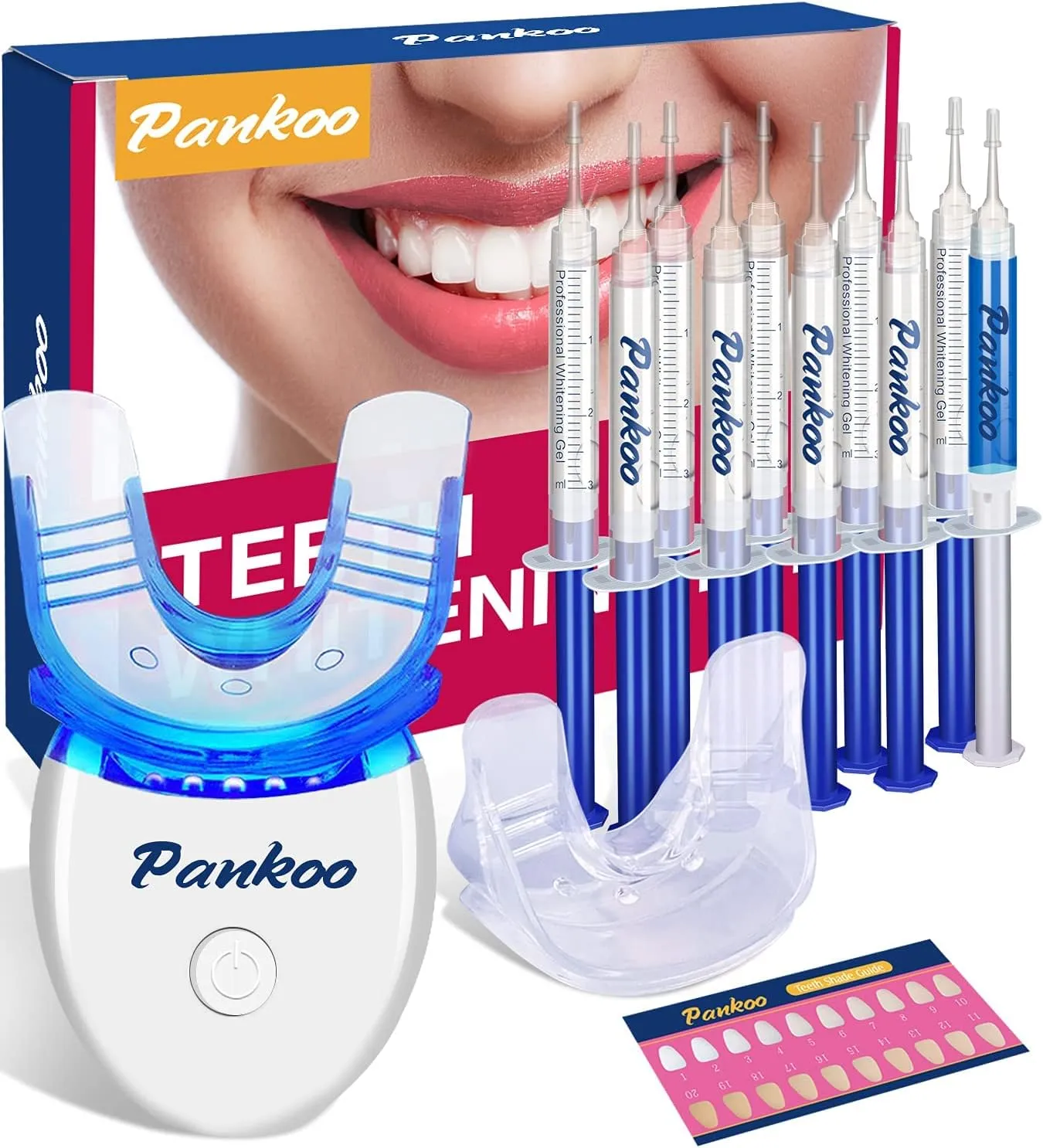
The effectiveness of teeth whitening kits varies considerably. Most kits are designed to remove surface stains caused by food, drinks, and tobacco use. They generally work by penetrating the enamel and breaking down stain molecules, but the degree of whitening achieved depends on the concentration of the active ingredient, the duration of treatment, and the type of stains present. For some people, these kits can produce noticeable results within a few days or weeks, while others might experience only a slight change. It’s essential to manage your expectations, as the results are typically not as dramatic as those achieved through professional treatments.
Factors Affecting Whitening Results
Several factors can influence the effectiveness of teeth whitening kits. Understanding these factors can help you manage your expectations and make the best choice for your needs. The type of stains, the concentration of the whitening agent, and the duration of treatment all play a significant role. Additionally, the individual’s oral health and habits such as diet and smoking habits can affect the results. By considering these elements, you can optimize your whitening experience and achieve the best possible outcome, while also maintaining a healthy smile.
Severity of Tooth Stains
The type and severity of tooth stains significantly affect the effectiveness of whitening kits. Surface stains, typically caused by coffee, tea, or red wine, are generally easier to remove than intrinsic stains, which are located deeper within the tooth structure. Intrinsic stains, such as those caused by medications or aging, may not respond well to over-the-counter whitening treatments. More severe or deeply set stains often require professional treatments, such as in-office bleaching, to achieve the desired results. Assessing the type of stains you have is essential for choosing the appropriate whitening method.
Concentration of Whitening Agent
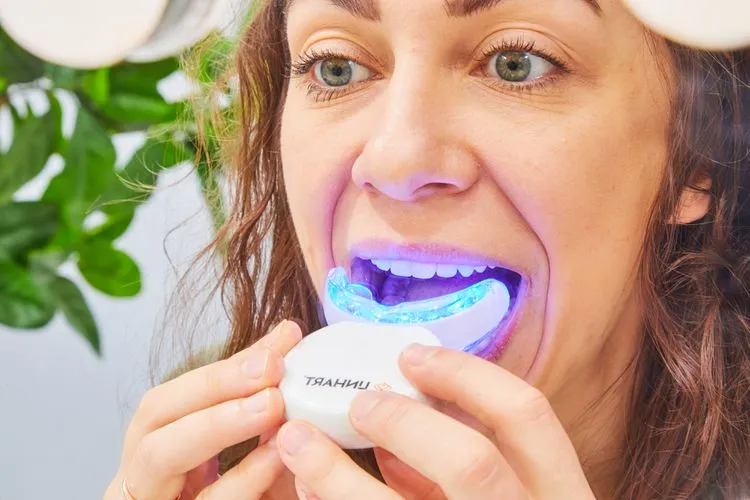
The concentration of the whitening agent, usually hydrogen peroxide or carbamide peroxide, directly impacts the speed and effectiveness of teeth whitening. Higher concentrations tend to produce faster results, but they also increase the risk of side effects, such as tooth sensitivity and gum irritation. Over-the-counter kits typically contain lower concentrations than those used in professional treatments. This means that while they are safer for home use, the whitening process might take longer to achieve the desired results. Choosing the right concentration depends on your sensitivity level and the urgency of whitening your teeth.
Duration of Treatment
The duration of treatment is another critical factor influencing whitening outcomes. Most teeth whitening kits provide guidelines on how long to use the product each day and over what period to expect results. Consistent use, as directed, is key to achieving the best results. Skipping treatments or not following the instructions can reduce the effectiveness of the kit. Different types of kits require different treatment durations. Some strips are used for a few minutes a day, while others need to be worn for longer periods. Gels may need to be applied for a certain amount of time each day. Adhering to the recommended time frame is essential for optimal results and safety.
Pros of Using Teeth Whitening Kits
Teeth whitening kits offer several advantages that make them an appealing option for many people. These include cost-effectiveness, convenience, and accessibility. They provide a budget-friendly alternative to professional treatments, allowing users to whiten their teeth at a fraction of the cost. Additionally, the ease of use and the fact that you can whiten your teeth at home make them highly convenient. You can incorporate the treatment into your daily routine without needing to visit a dentist. The availability of these kits in most drugstores and online retailers also enhances their accessibility, making it easy to purchase them whenever needed.
Cost-Effective Solution
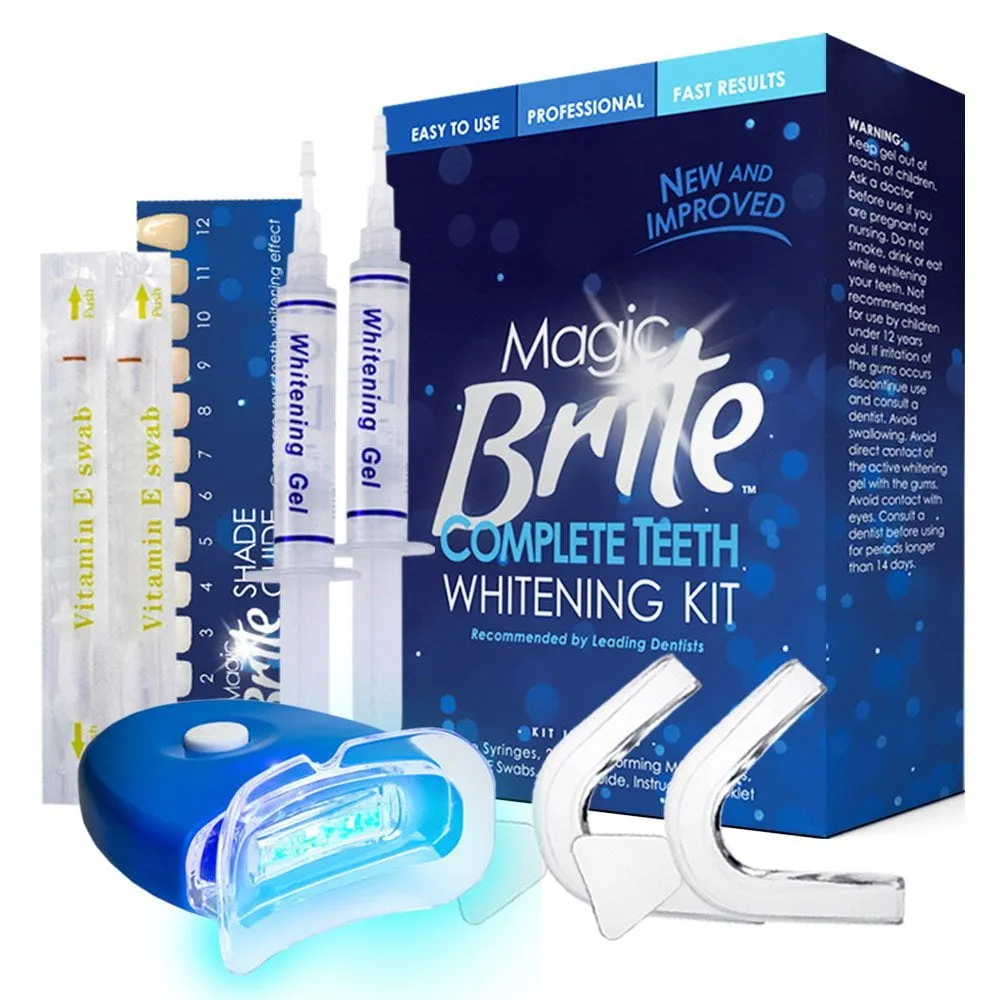
One of the most significant advantages of teeth whitening kits is their affordability. Compared to professional teeth whitening procedures, these kits offer a more economical way to brighten your smile. While the results may not be as dramatic or long-lasting as those from a dentist, the cost savings can be considerable. This makes them an excellent option for people on a budget or those who want to improve their teeth’s appearance without spending a lot of money. The lower cost does not mean that they lack effectiveness; they provide a practical solution for many people.
Convenience and Accessibility
Teeth whitening kits are incredibly convenient, allowing you to whiten your teeth in the comfort of your home. This eliminates the need for multiple visits to the dentist’s office, saving both time and effort. The treatments are often simple to incorporate into your daily routine, whether applying strips while getting ready in the morning or using trays while relaxing in the evening. Furthermore, these kits are readily available at most pharmacies, supermarkets, and online retailers, making them easily accessible for anyone who wants to improve their smile.
Cons of Using Teeth Whitening Kits
Despite the benefits, teeth whitening kits have potential downsides. The most common concerns include potential side effects such as tooth sensitivity and gum irritation. The effectiveness of the kits is also limited, and they may not be suitable for all types of stains. It’s crucial to be aware of these limitations before starting any whitening treatment. Consulting with a dentist can help determine if these kits are right for you and what precautions to take. Understanding these drawbacks can help you make a more informed decision and manage your expectations.
Potential Side Effects
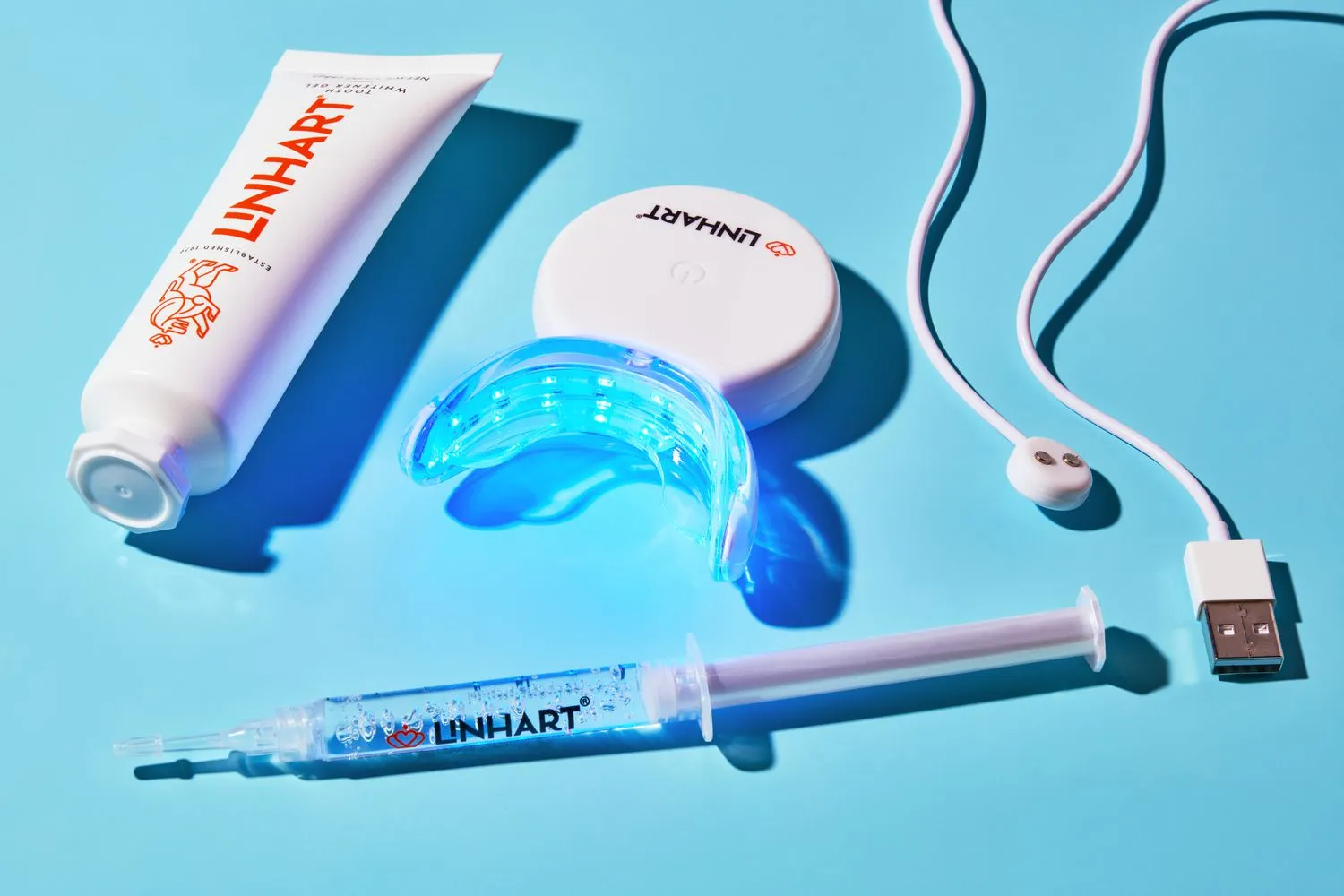
The most common side effects of using teeth whitening kits are tooth sensitivity and gum irritation. The bleaching agents can penetrate the enamel, causing temporary sensitivity to hot or cold foods and drinks. The gums may become irritated if the whitening agent comes into contact with them. While these side effects are usually temporary, they can be uncomfortable. Following the instructions carefully and not overusing the product can help minimize these issues. If you experience severe discomfort, it’s important to consult with a dentist.
Not Suitable for All Types of Stains
Teeth whitening kits are most effective on surface stains caused by food, drinks, and tobacco use. They may not be as effective on intrinsic stains, which are located deeper within the tooth structure. Stains caused by medications, aging, or dental trauma may not respond well to these kits. In these cases, professional whitening treatments might be more effective. Assessing the type of stains you have can help determine whether a whitening kit is the right choice. If you are unsure, it’s best to consult with a dentist for advice.
Comparing Teeth Whitening Kits vs Professional Whitening
Choosing between teeth whitening kits and professional whitening involves weighing several factors, including cost, effectiveness, and safety. Professional whitening, performed by a dentist, often produces more dramatic and longer-lasting results. The treatment uses higher concentrations of bleaching agents and can target more complex stains. However, professional treatments are significantly more expensive than at-home kits. Understanding the differences in cost, effectiveness, and safety can help you make an informed decision about which method is best for you.
Cost Comparison
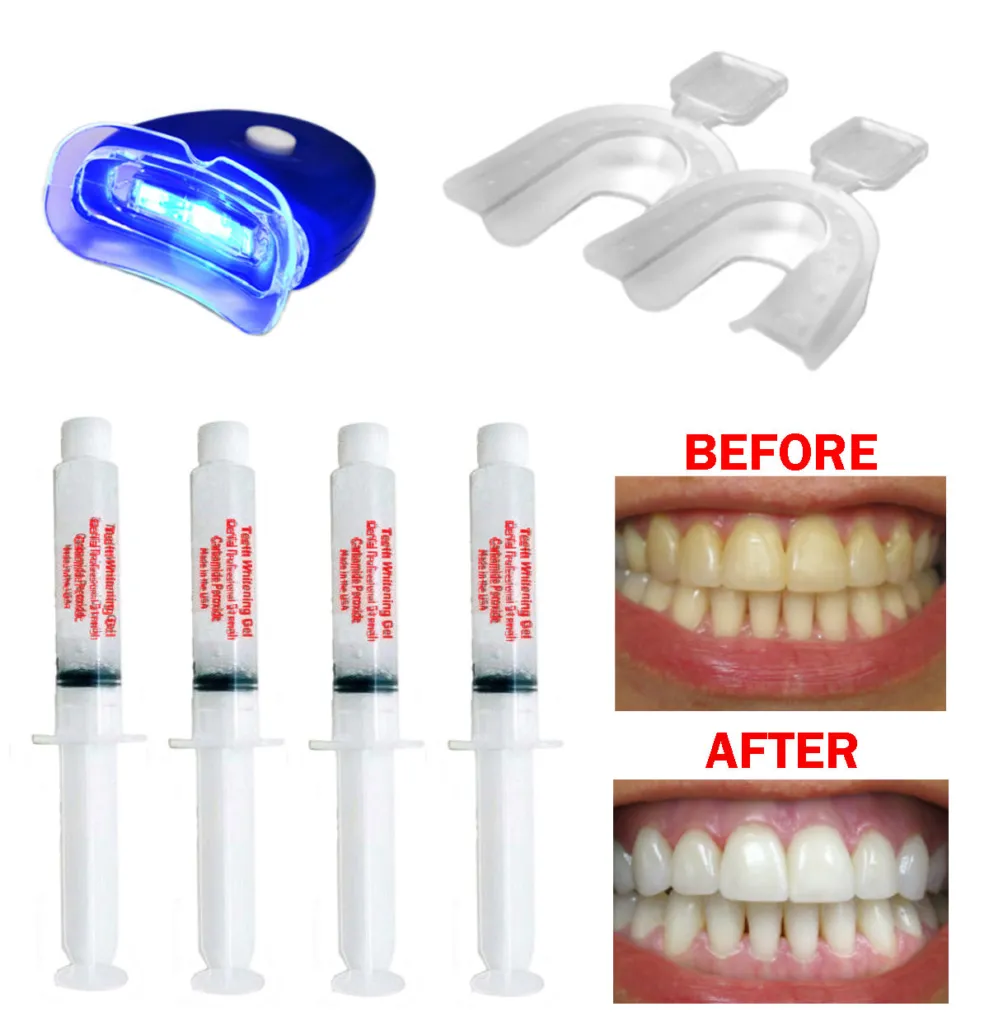
Teeth whitening kits are considerably more affordable than professional whitening treatments. At-home kits usually range from $20 to $100, while professional whitening can cost several hundred dollars or more. The cost difference reflects the use of professional expertise, stronger bleaching agents, and advanced equipment in professional treatments. However, the lower cost of kits makes them an accessible option for those on a budget. You can try them without a significant financial commitment. The savings from using a kit may outweigh the cost of professional treatment.
Effectiveness Comparison
Professional teeth whitening generally provides more effective and longer-lasting results. Dentists can use higher concentrations of bleaching agents, which can penetrate deeper into the enamel and remove more severe stains. Professional treatments are also better at addressing intrinsic stains. At-home kits can lighten surface stains, but they typically do not achieve the same level of whitening as professional procedures. The effectiveness depends on the type of stain, the concentration of the whitening agent, and the duration of treatment.
Safety Comparison
Both teeth whitening kits and professional treatments are generally safe when used correctly. However, professional treatments are performed under the supervision of a dental professional, who can monitor the process and minimize any risks. At-home kits may carry a slightly higher risk of side effects, such as tooth sensitivity and gum irritation, if the instructions are not followed carefully. Consulting with a dentist before using a kit can help ensure that it is safe for your teeth and that you are using it correctly. The dentist can also advise you on any potential risks and provide tips on how to minimize them.
Tips for Choosing a Teeth Whitening Kit
Choosing the right teeth whitening kit involves several important considerations. It’s crucial to consider your specific needs, read reviews from other users, and carefully follow all instructions provided with the kit. Taking these steps can help you select a kit that will effectively and safely whiten your teeth. Understanding the different types of kits, their ingredients, and potential side effects can help you make an informed choice and ensure that you achieve the desired results. Always prioritize your oral health and consult with a dentist if you have any concerns.
Consider Your Needs
Before choosing a teeth whitening kit, assess your needs and preferences. Consider the type and severity of your stains, your sensitivity to potential side effects, and your budget. If you have sensitive teeth, look for kits with lower concentrations of the bleaching agent. If you want faster results, a kit with a higher concentration might be appropriate, but be prepared for possible increased sensitivity. Determine how much time you are willing to spend each day on the treatment. Considering these factors can help you narrow down your options and select a kit that aligns with your specific requirements and expectations.
Read Reviews
Reading reviews from other users can provide valuable insights into the effectiveness and safety of teeth whitening kits. Reviews can help you understand the experiences of people who have already used the product. Look for feedback on the ease of use, the level of whitening achieved, and any side effects encountered. Pay attention to both positive and negative reviews to get a balanced perspective. Online retailers and dental websites often have customer reviews. Reading reviews can help you make a more informed decision and choose a kit that is likely to meet your needs.
Follow Instructions
It is essential to follow the instructions provided with the teeth whitening kit carefully. The instructions specify the duration of treatment, how to apply the product, and any precautions to take. Not following the instructions can reduce the effectiveness of the kit and increase the risk of side effects. Always read the instructions thoroughly before starting the treatment. If you have any questions or concerns, consult with your dentist. Proper adherence to the instructions is crucial for achieving the best results and ensuring the safety of your teeth and gums.
